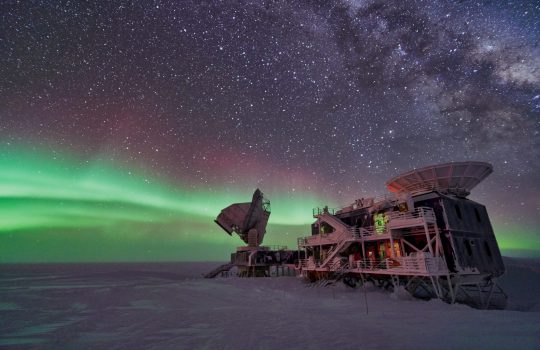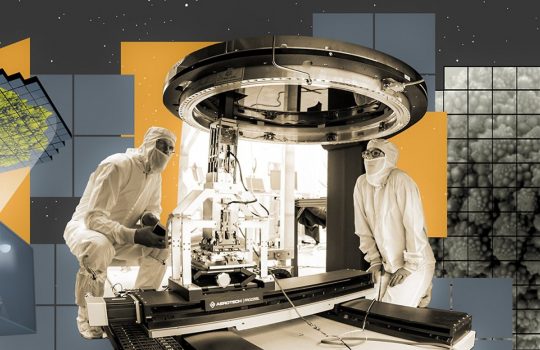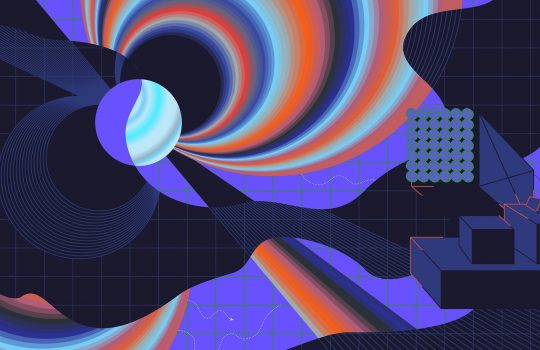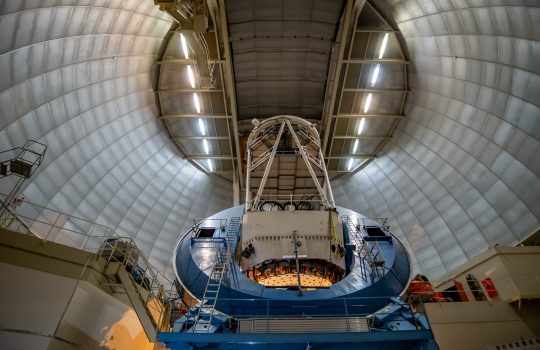To make fairer AI, physicists peer inside its black box
From Wired, Sept. 22, 2020: After repurposing facial recognition technology to study galaxies and the Higgs boson, physicists think they can help shape the responsible use of AI. Fermilab scientist Brian Nord talks about how these technologies advance fundamental science and the ethical implications of their use.





